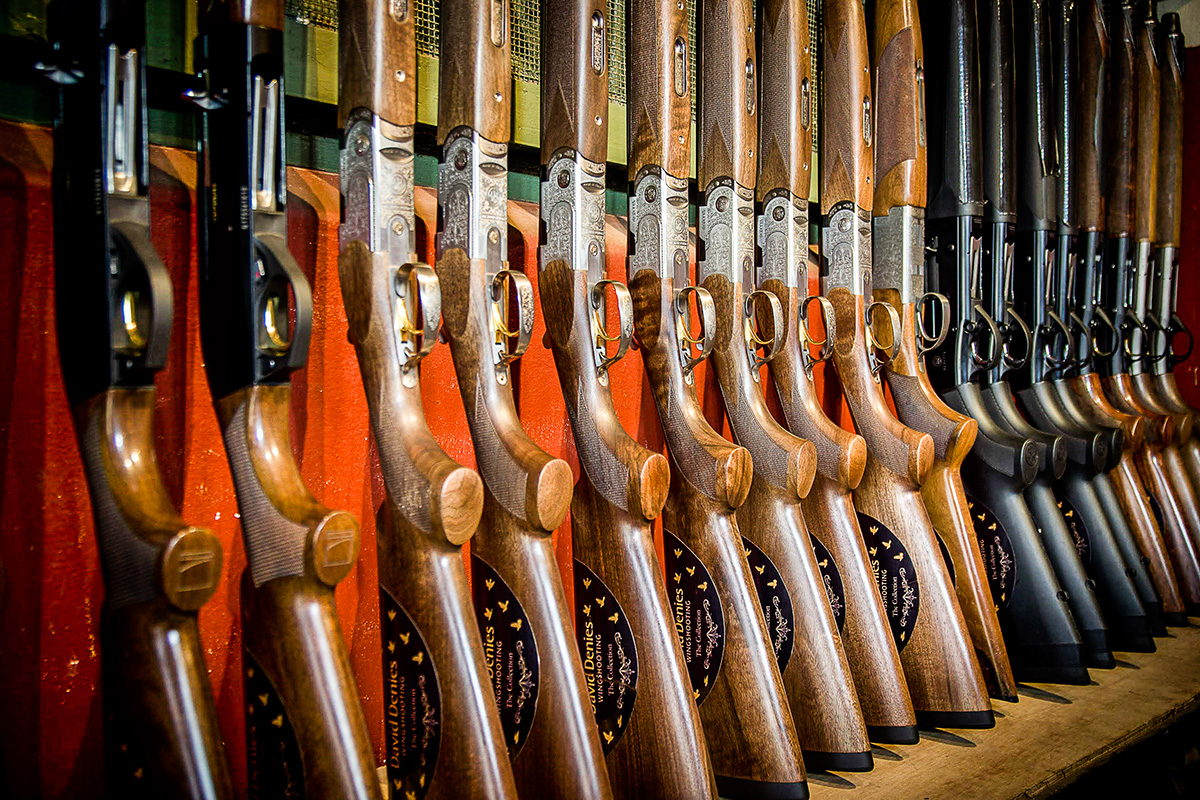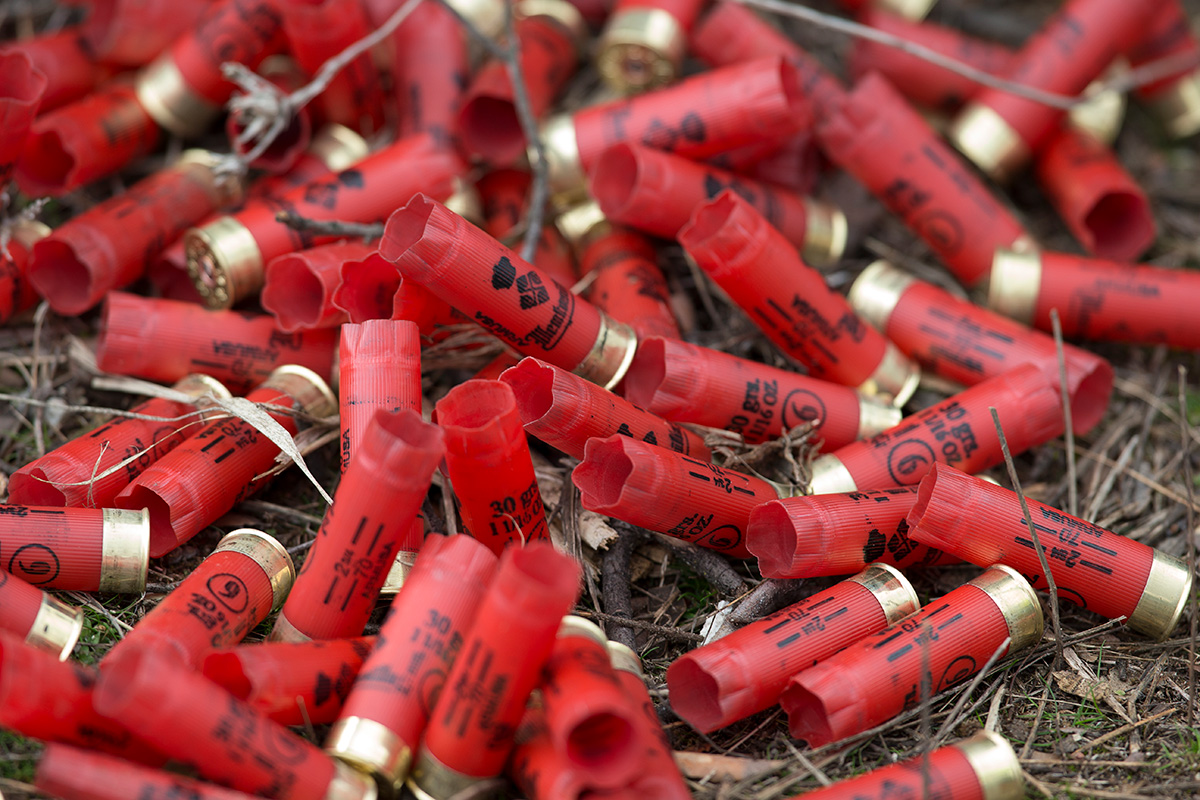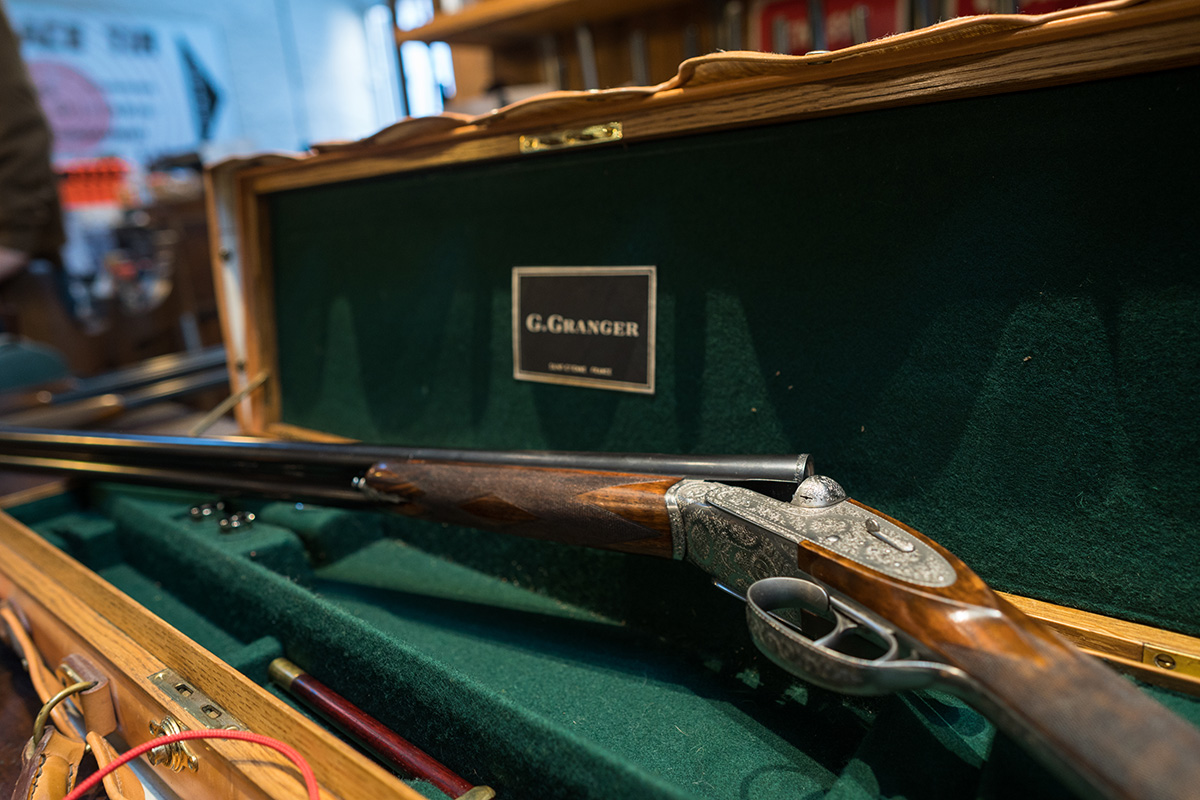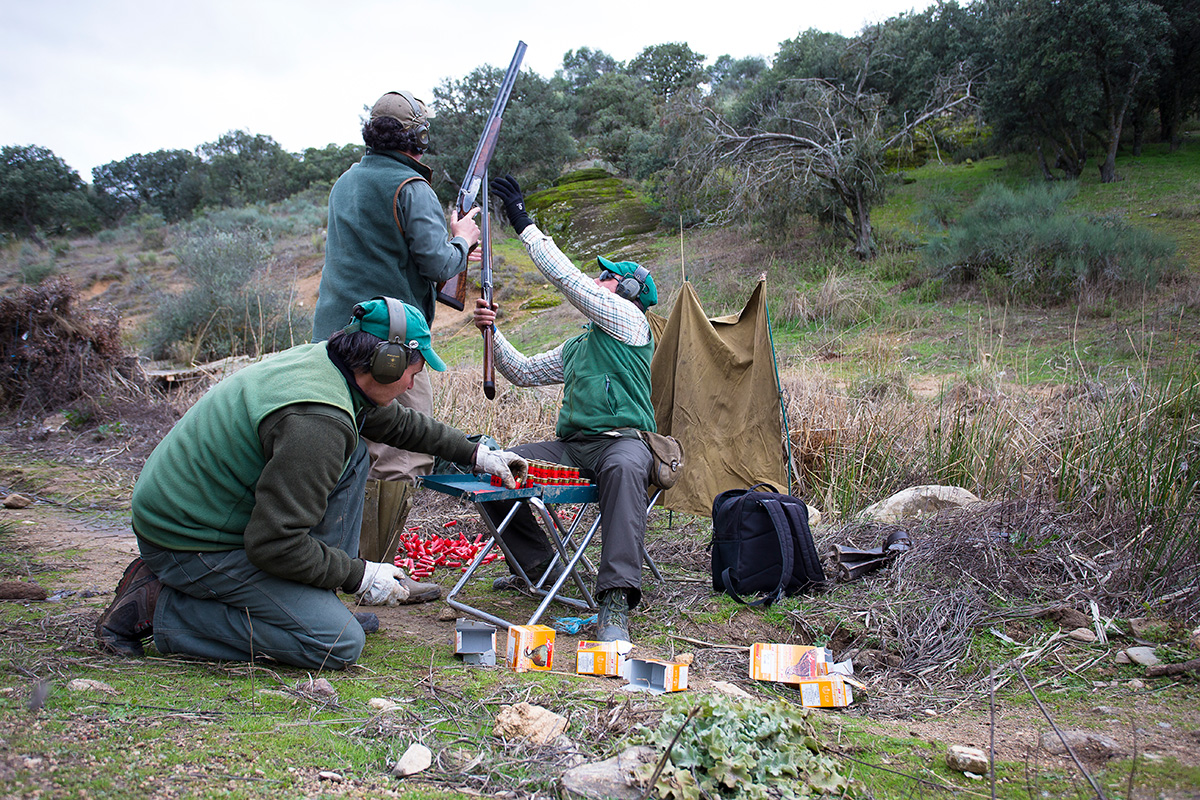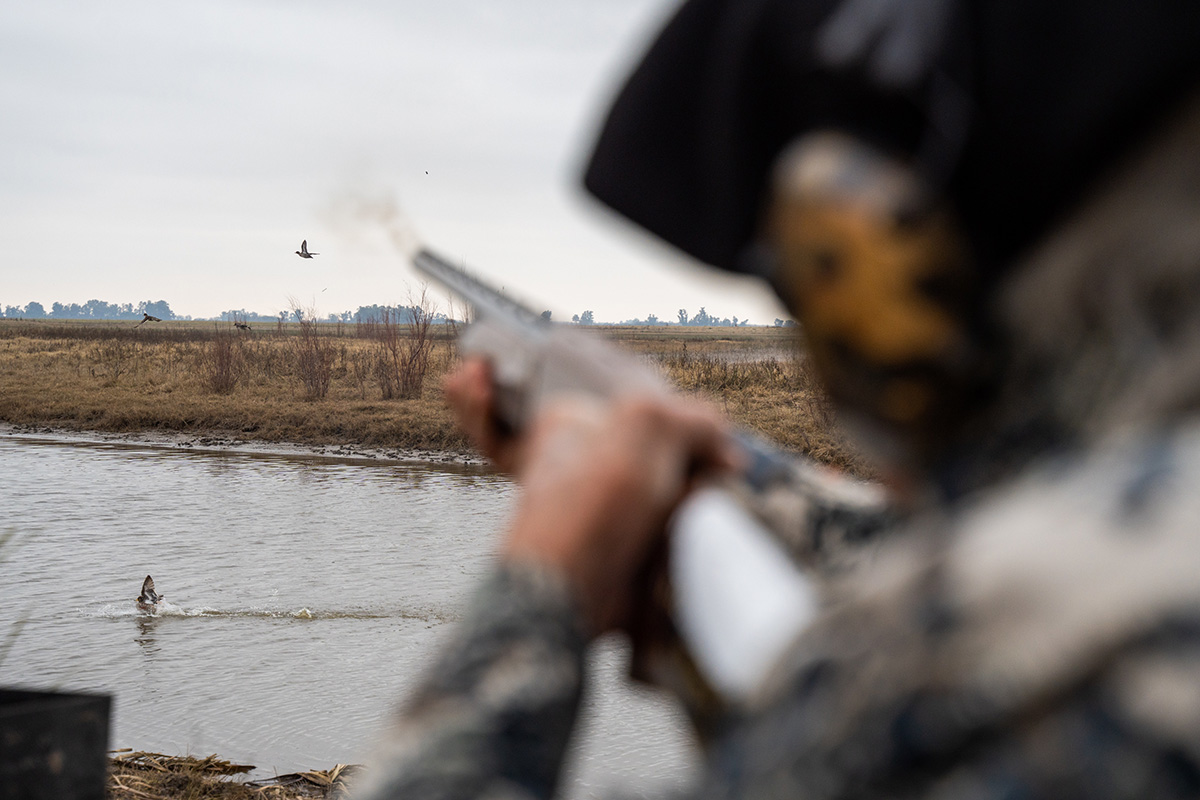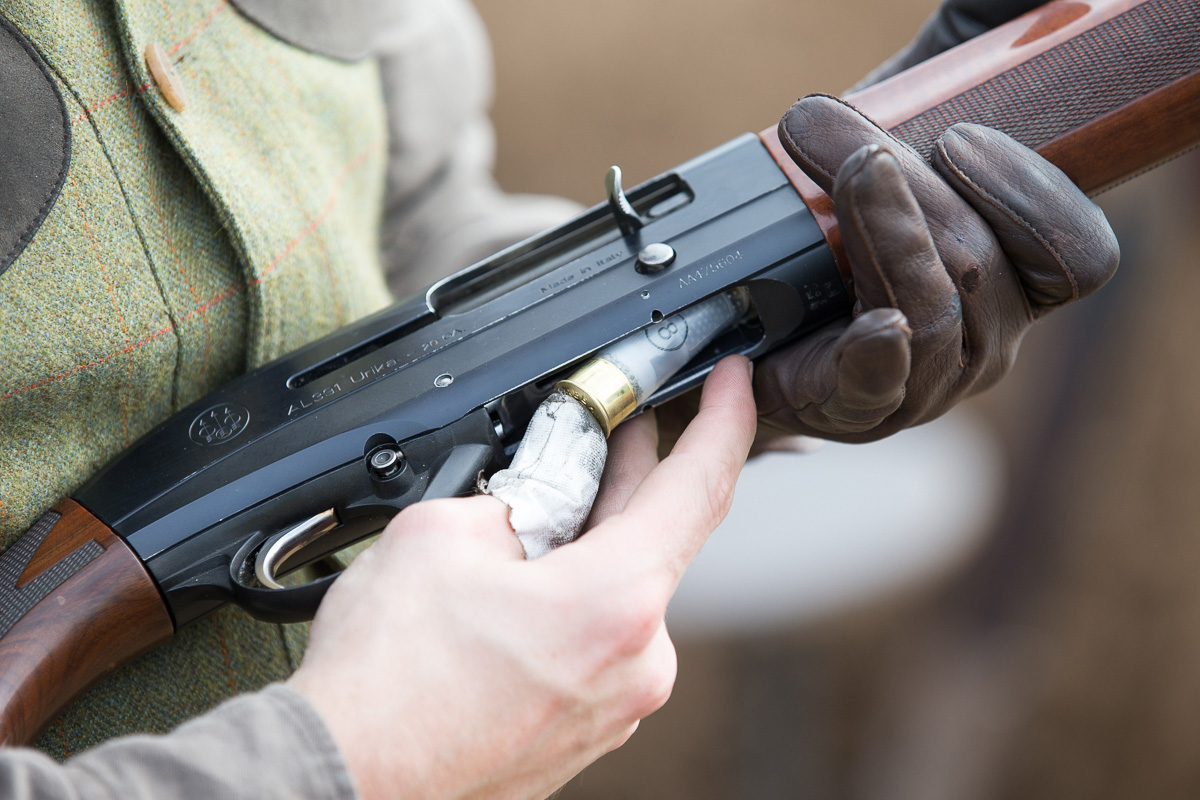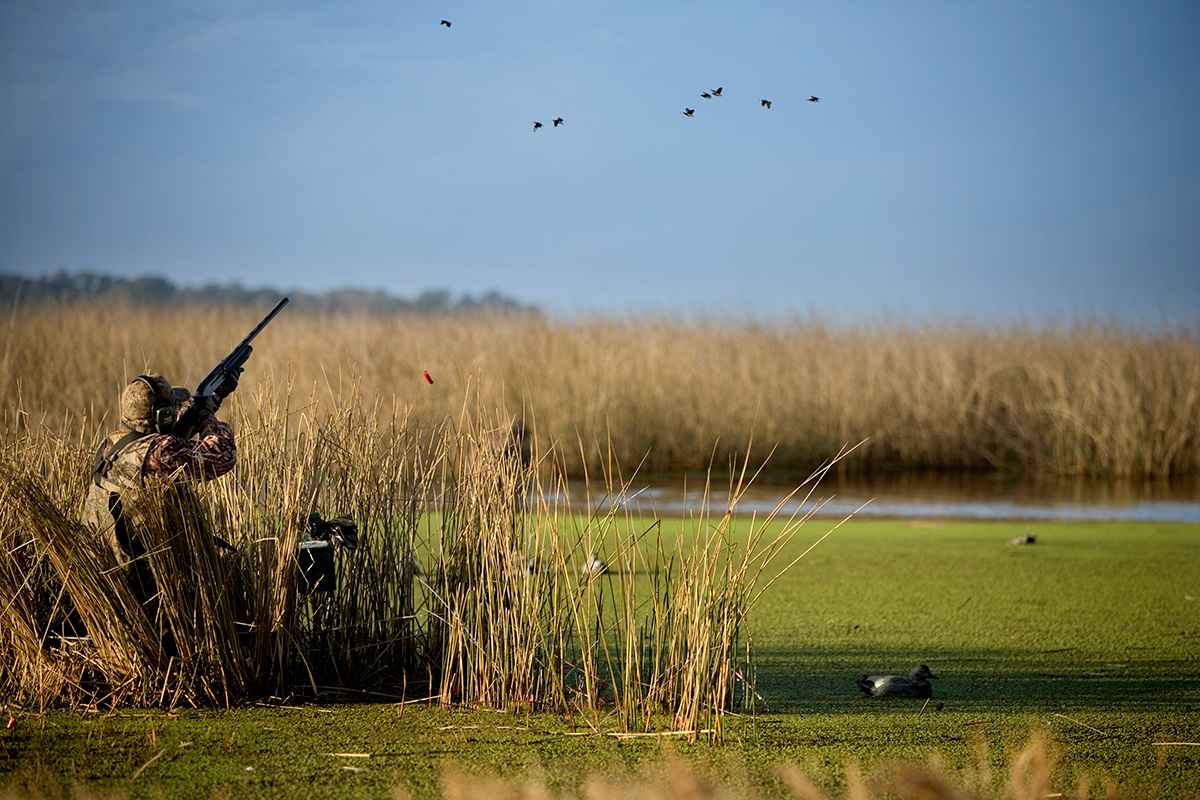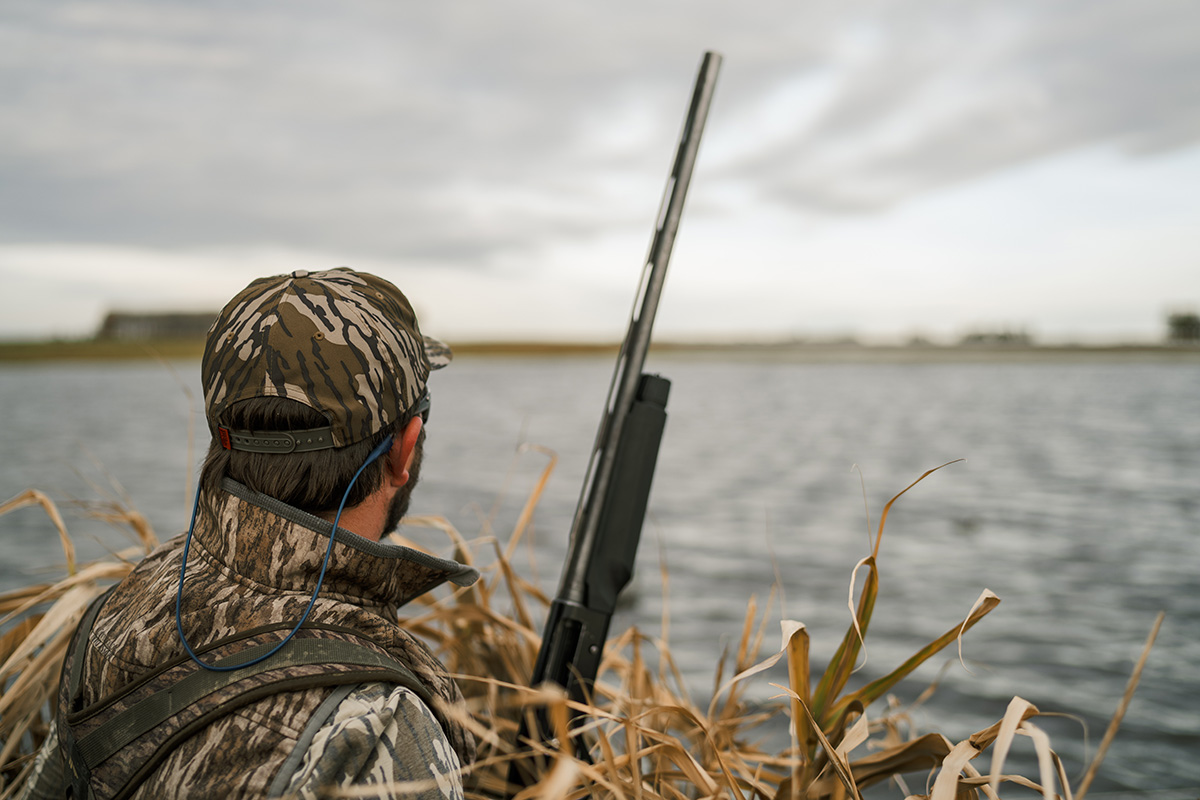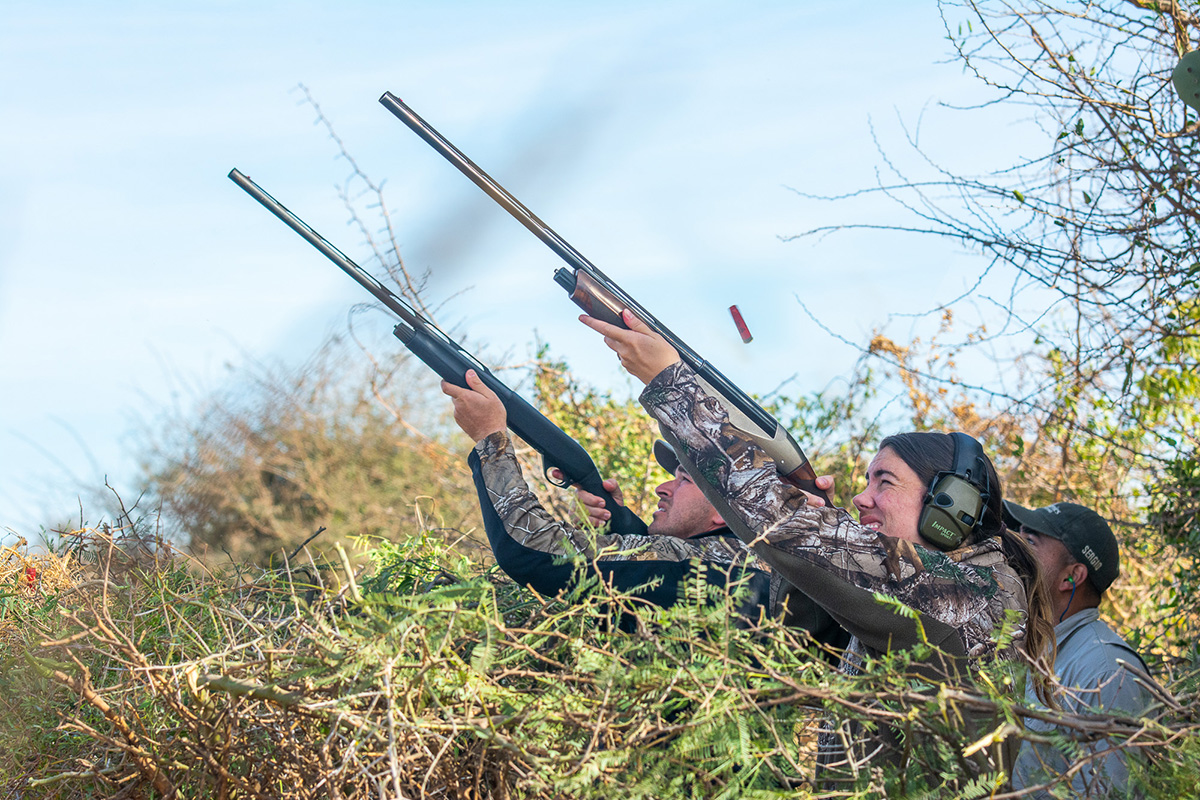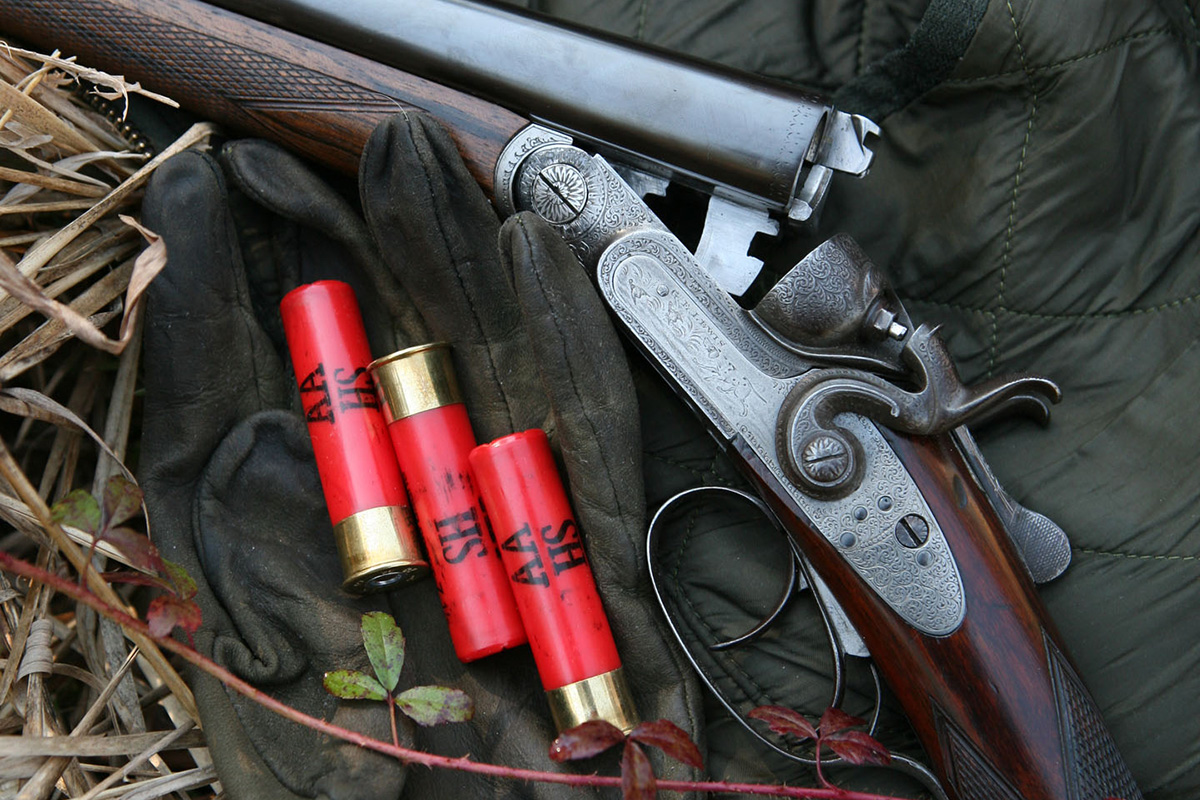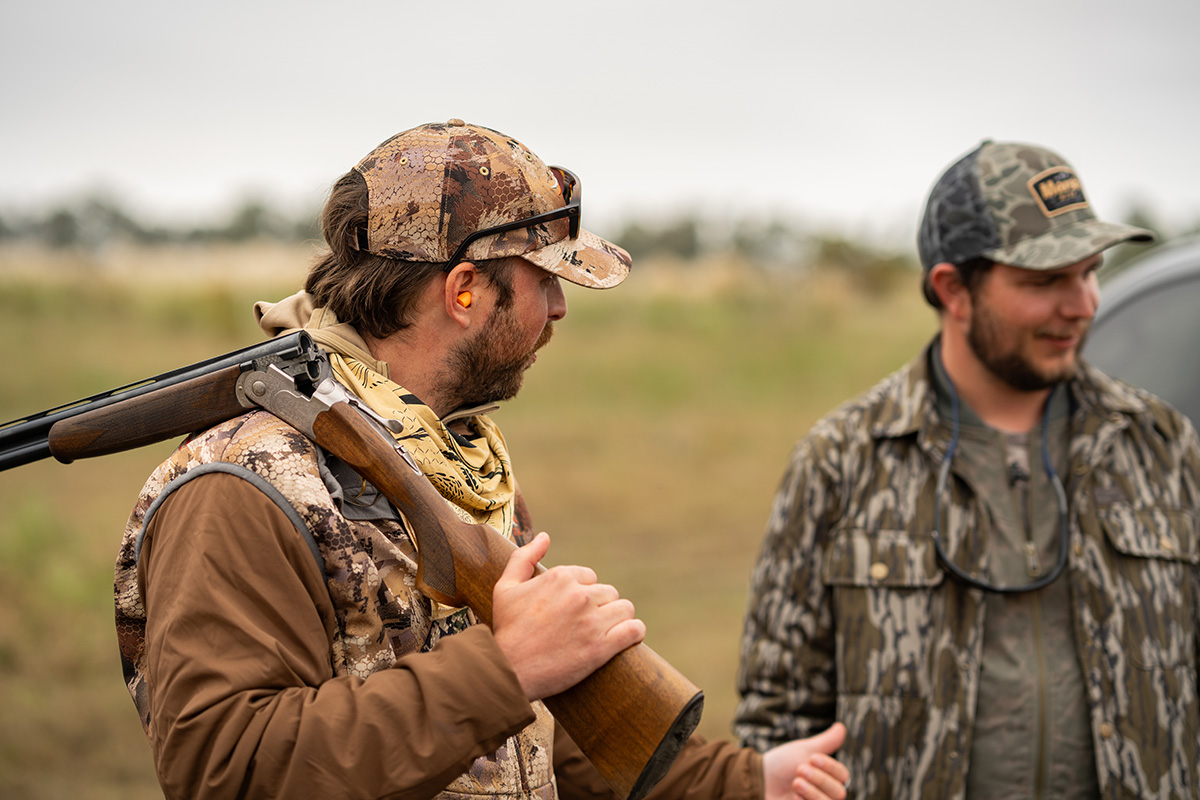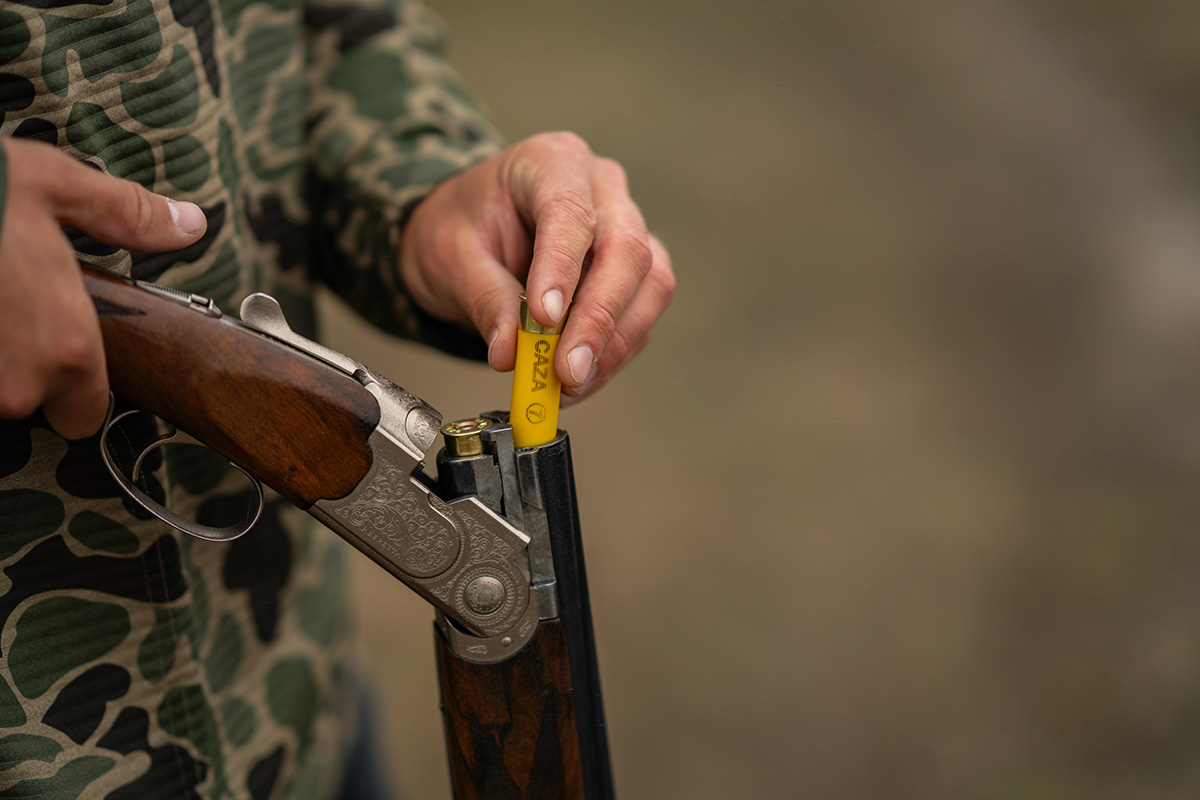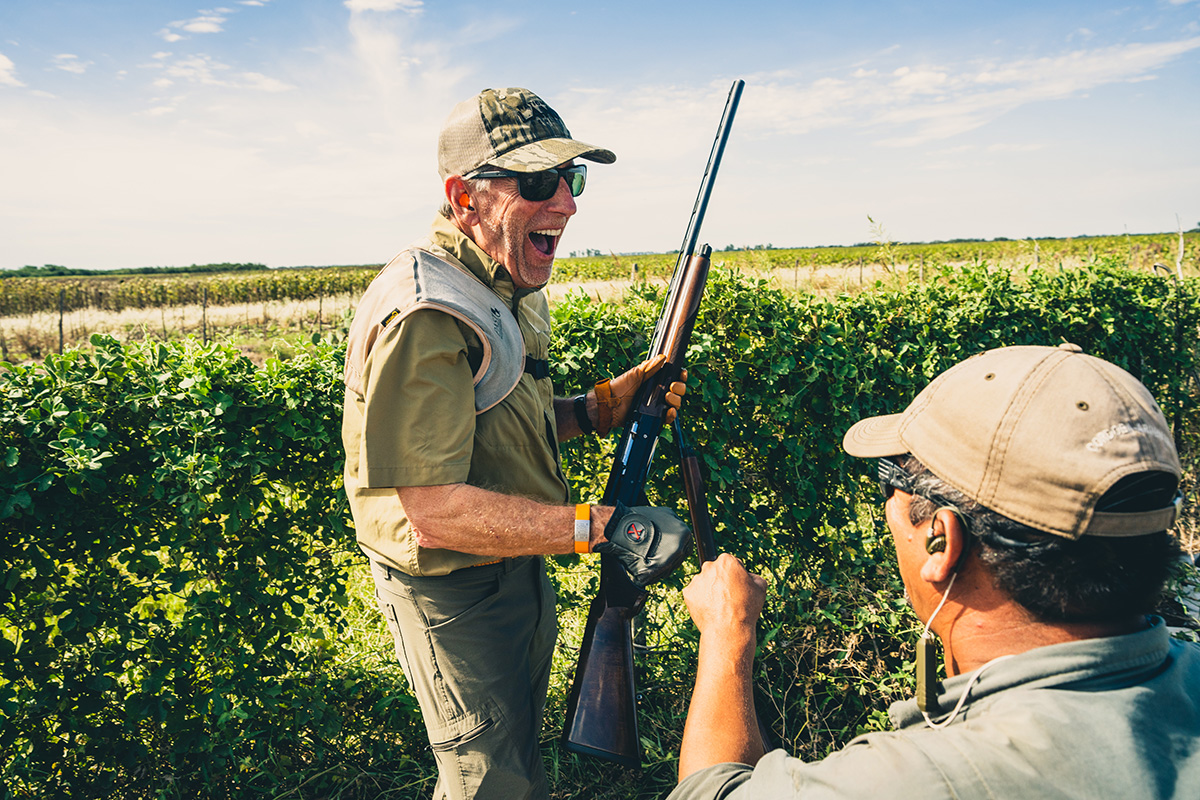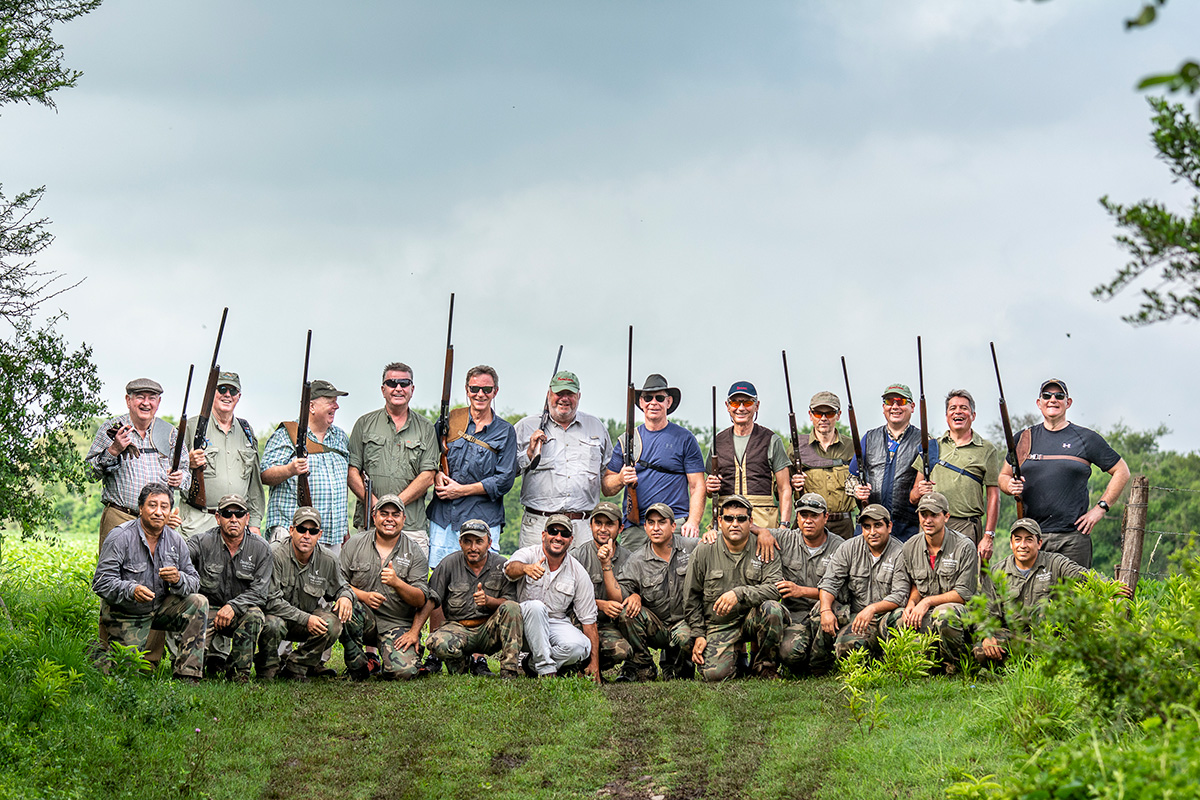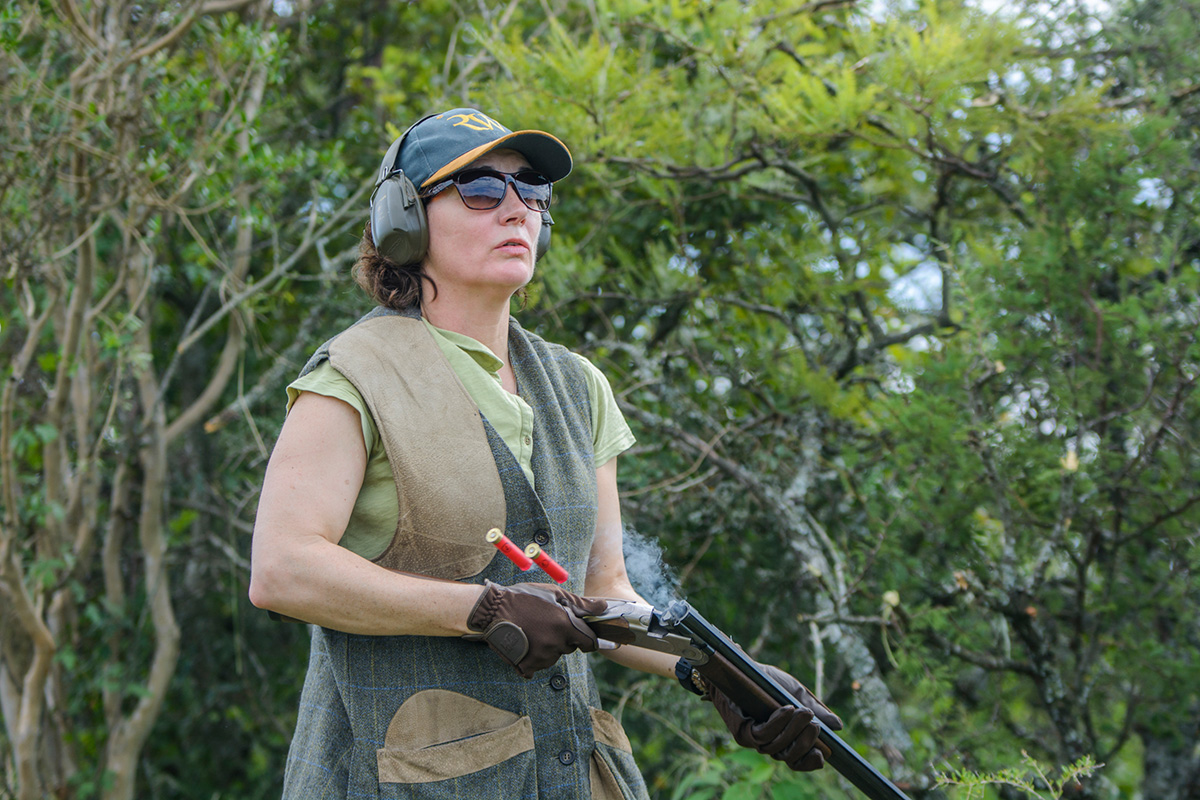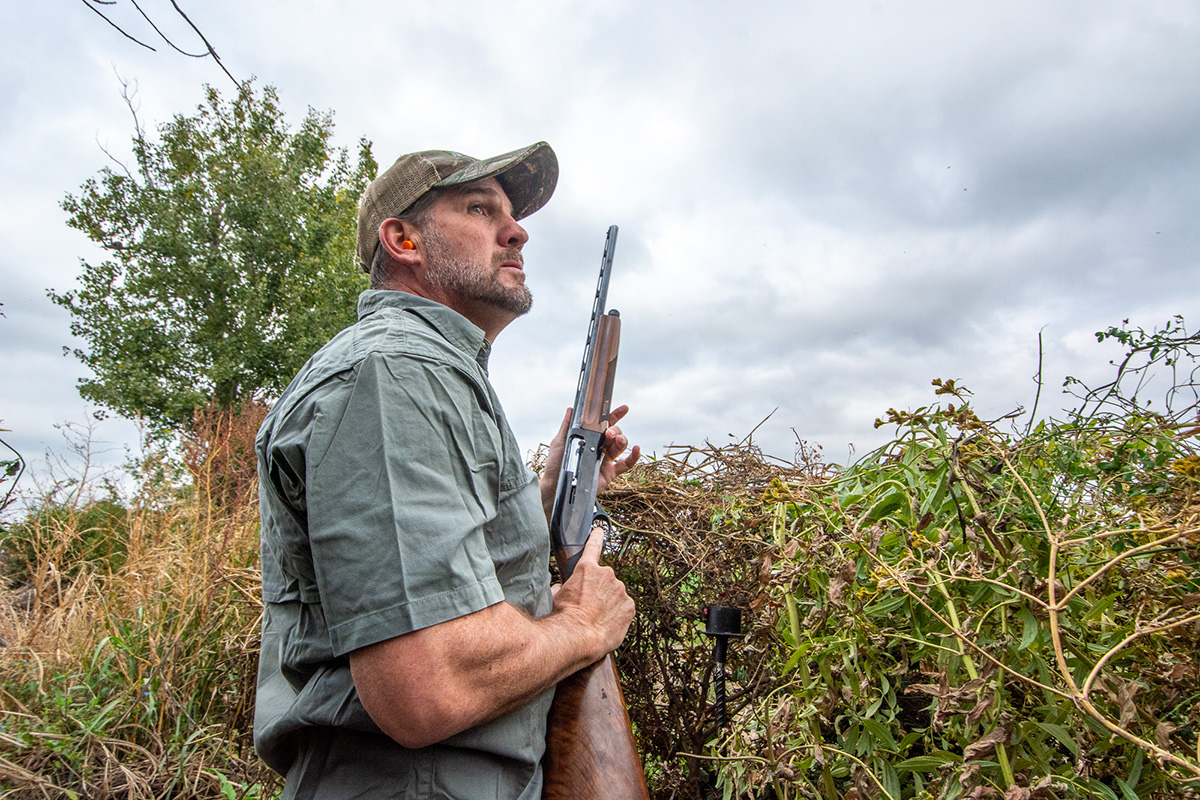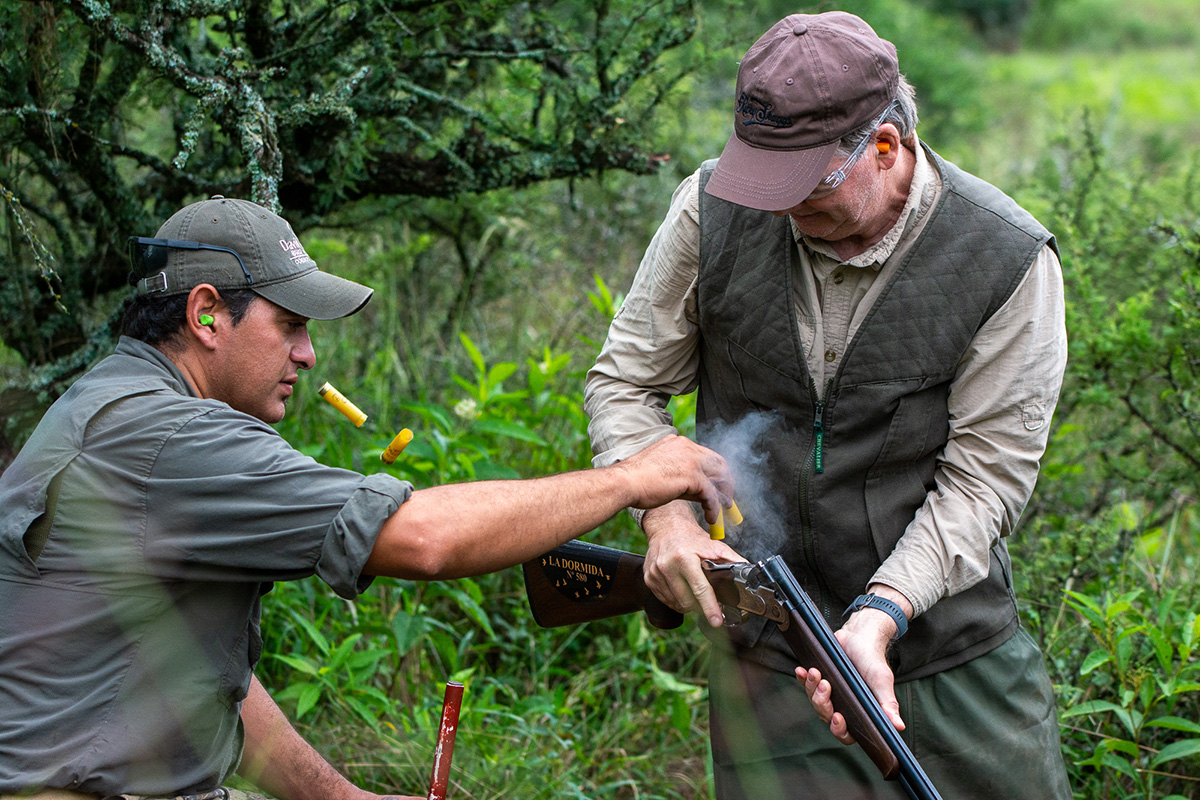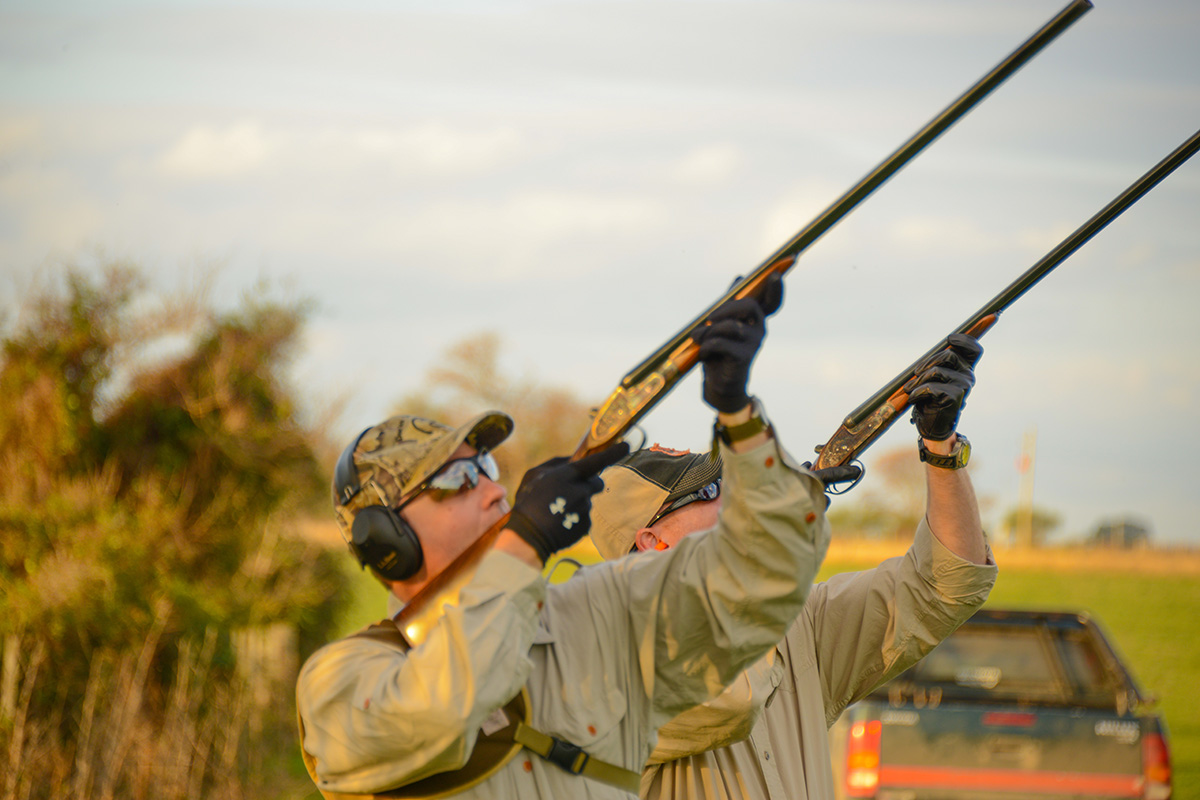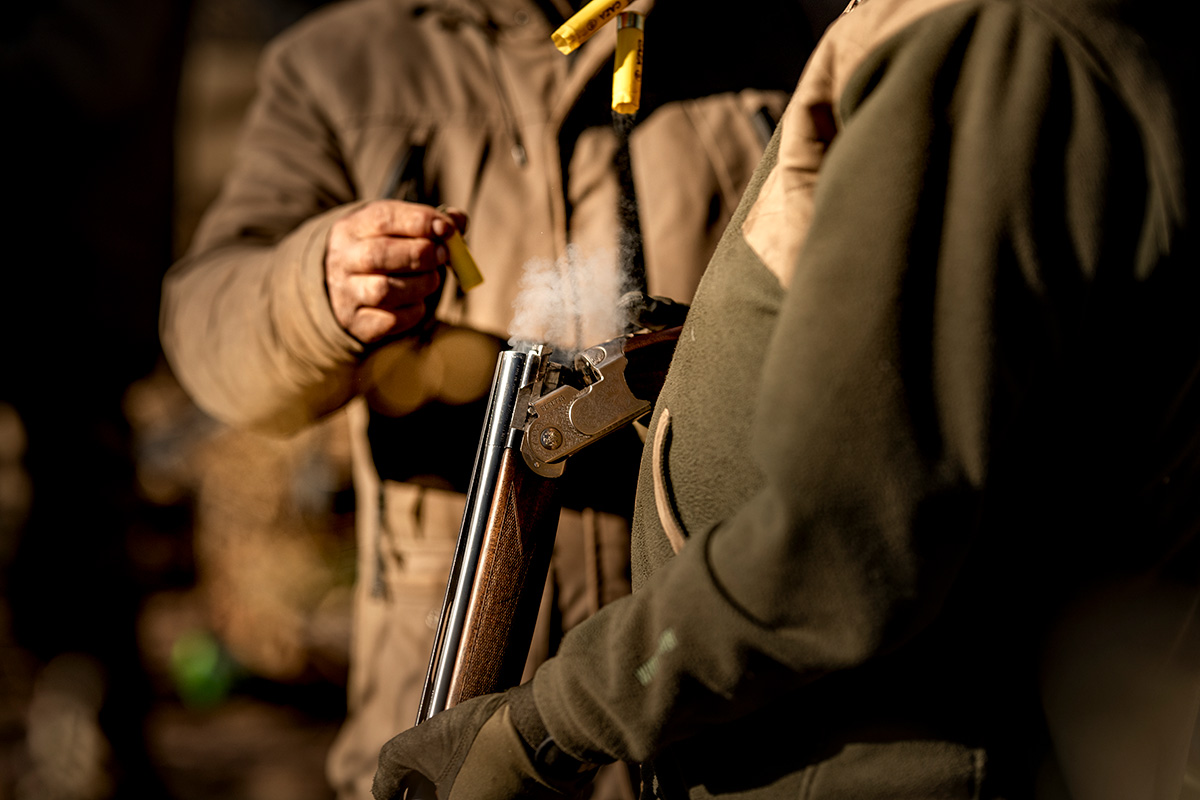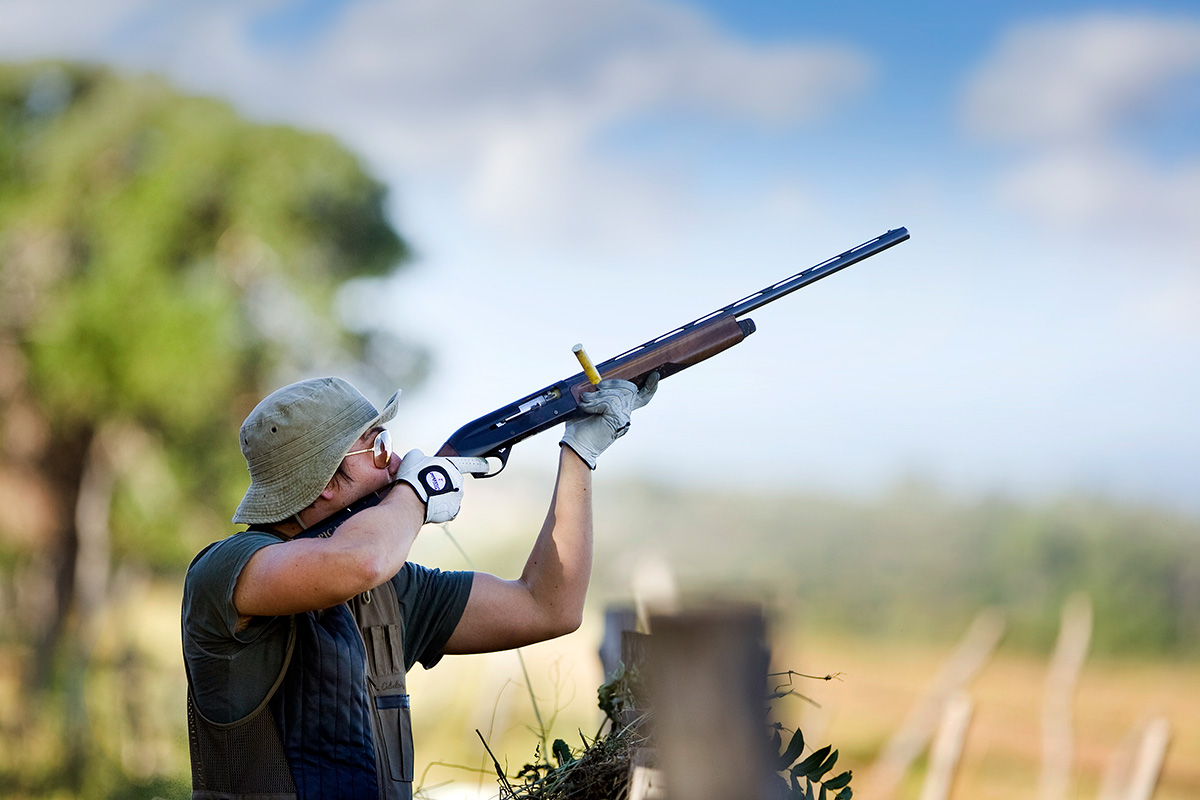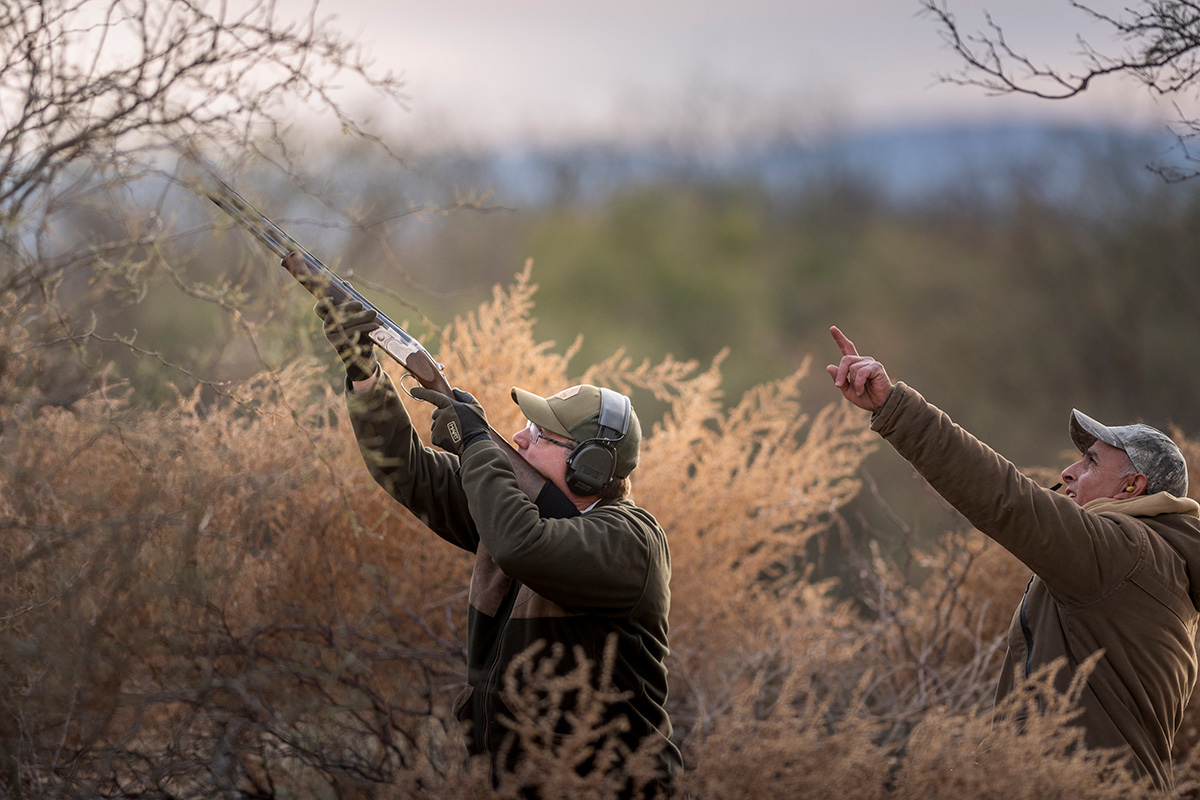Break-Action or Semi-Auto? The Great Debate for Traveling Bird Hunters
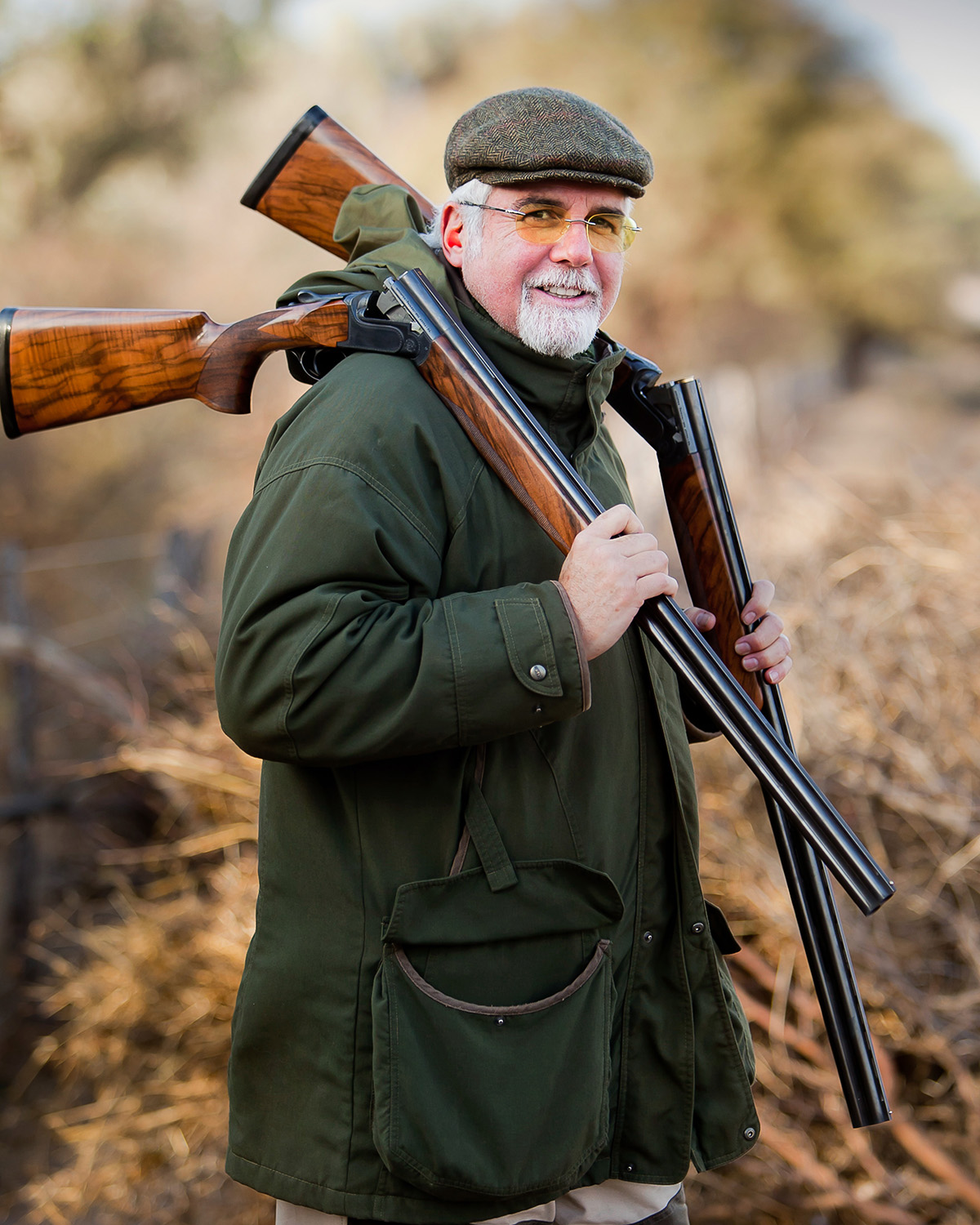
Packing for a bird hunt in South America or Europe is nothing like your average weekend at the duck blind back home. You’re not cramming waders into the back of a truck or debating whether one dozen decoys is “enough.” You’re boarding a plane to an estate where the birds are endless, the drinks are cold, and someone else is hauling your gear. It’s a smooth, first-class experience from the start—but that doesn’t mean you shouldn’t give a little thought to the equipment that will shape your days in the field.
You can certainly bring your own shotgun, and many do. But most lodges also offer high-quality rentals, which makes travel much easier. Either way, the gun you use will influence how you shoot, how you feel after a long day, and how much you enjoy the experience overall.
So let’s talk about that gear—specifically, the business end of it: the guns. Do you go with the classic over/under for its reliability and balance, or a semi-auto to save your shoulder during a 1,000-bird day? How do you know what’s best for your style of shooting? This article is here to help you make that decision, breaking down the strategy behind your shotgun choice and what to pack (or rent) for a bird hunt that feels as good as it shoots.
First, the Basics: What You’re Getting Into
Most wingshooting lodges provide loaner shotguns, usually Browing, Beretta, Benelli, etc.. for the semi-autos, and in some cases, beautifully worn-in over/unders (These brands may vary from lodge to lodge). This isn’t just a nice touch; it’s a necessity. International travel with a shotgun isn’t always straightforward, yet Frontiers can simplify the process and ensure all the necessary import steps are handled. So, the lodges make it easy: you show up, decide the gauge you would like to shoot, and shoulder a few options to find the one that best suits you.
But not all loaner guns shoot the same—and if you’ve never run through a case of shells before lunch, now’s the time to consider your tool of choice.
Option 1: The Semi-Automatic
“The Work Horse”
The semi-auto is the go-to for most hunters in Argentina for good reason. Semi-autos have proven themselves over the years; they are a favorite around the world and have been for the past 100 years. While they aren’t as reliable and rugged as a o/u or a pump, they are the ideal choice for most people. When the doves are coming in waves like kamikaze pilots and your shoulders are doing overtime, the reduced recoil and quick follow-up shots help you stay in the game.
Pros:
- Low recoil (when you’re shooting hundreds of rounds a day, every shot counts. Semi auto controls the recoil better than a pump or o/u, because they spread the recoil impulse. Gas-operated and inertia-driven semi’s mitigate the direct force back against your shoulder, meaning you won’t be as sore when you return to the lodge for your massage after a day of shooting)
- Higher shell capacity (5 shells total—yes, that fifth shot matters. There are no shot limits in South America, unlike the USA where the species may have regulations on shot limits)
- Fast cycling = fast shooting = more birds
- Great for beginners (less flinching due to lower recoil and ease of use – just pull the trigger!)
Cons:
- More moving parts = more room for mechanical issues
- Heat buildup, your barrel will practically glow after a few boxes
- More spent shells – this could be a pro or con depending on how much shooting you planned on (Most lodges in south America charge per box of shells. These costs can add up quickly if you aren’t paying attention)
- Not as “classic” or photogenic (if that matters to you)
Option 2: The Double Barrel Break Action
“The Gentleman’s Choice”
There’s no denying the charm of an over/under or side-by-side. They’re the shotgun equivalent of driving a stick shift sports car—you feel connected to it. Every shot is more intentional, more deliberate. That said, when doves are divebombing like they’re late to a party and you’re holding two shots at a time… well, it’s a little like bringing a paintbrush to a firehose fight.
But here’s the silver lining: by the time your trip is over, and the lodge hands you the shell bill, your two-shot limit might actually look like a fiscally responsible decision. You’ll shoot less, reload more, and—miraculously—still have a great time doing it.
Pros:
- Simple design, reliable, and nearly indestructible
- Easy to clean
- Elegant, traditional, and makes you look like you know what you’re doing (Generally used more in Europe and on Georgia Plantations than volume shoots in South America)
- You’ll burn fewer shells—which might save you a small fortune at checkout
Cons:
- Two shots, then break and reload—can be a grind during fast action
- More felt recoil (your shoulder will write you a letter of resignation by Day 3)
- Slower pace = fewer birds (unless you’re freakishly good)
The Verdict?
Use What Keeps You Smiling
Here’s the truth: Wingshooting isn’t about scorekeeping. Whether you shoot a semi-auto and burn through 2,000 shells in a day in South America or tote an old-school over/under and sip your way through each shot like a good whiskey in the hills of Spain, it’s still the time of your life.
Either way, the field assistant will cheer. Your shoulders will be sore. And your friends back home won’t believe you.
Bonus Gear Tips:
While international lodges provide high-quality loaner shotguns and equipment, there are a few personal items that can make your trip more comfortable, efficient, and enjoyable. Some of these may not be required, but seasoned travelers know that small additions can make a big difference in the field. The lodge may have some of these items, and you may need to pack some yourself. Please ensure that you ask one of our experts if the destination you’ve chosen requires you to pack extra equipment or if the lodge has loaner gear to meet your needs.
- Shoulder pad or recoil shield: Especially if you’re shooting a lighter over/under. Dove numbers don’t go easy on egos—or rotator cuffs.
- Gloves: Not for the cold—these are for gripping slick fore-ends and avoiding blisters. You’ll thank yourself.
- Shooting glasses: Lenses change with the light, and some of these birds fly like fighter jets at golden hour.
- Ear protection: There are a ton of options out there, over-the-ear muffs, in-ear plugs, and electronic muffs. You might not like shouldering your shotgun with over-the-ear muffs, so pack some foamy plugs just in case.
- Appropriate Footwear: Don’t be the person wearing sandals in the blind; make sure you pack appropriate shoes or boots.
- Shell pouch with a back brace? Just kidding. Sort of.
Ready to Pull the Trigger?
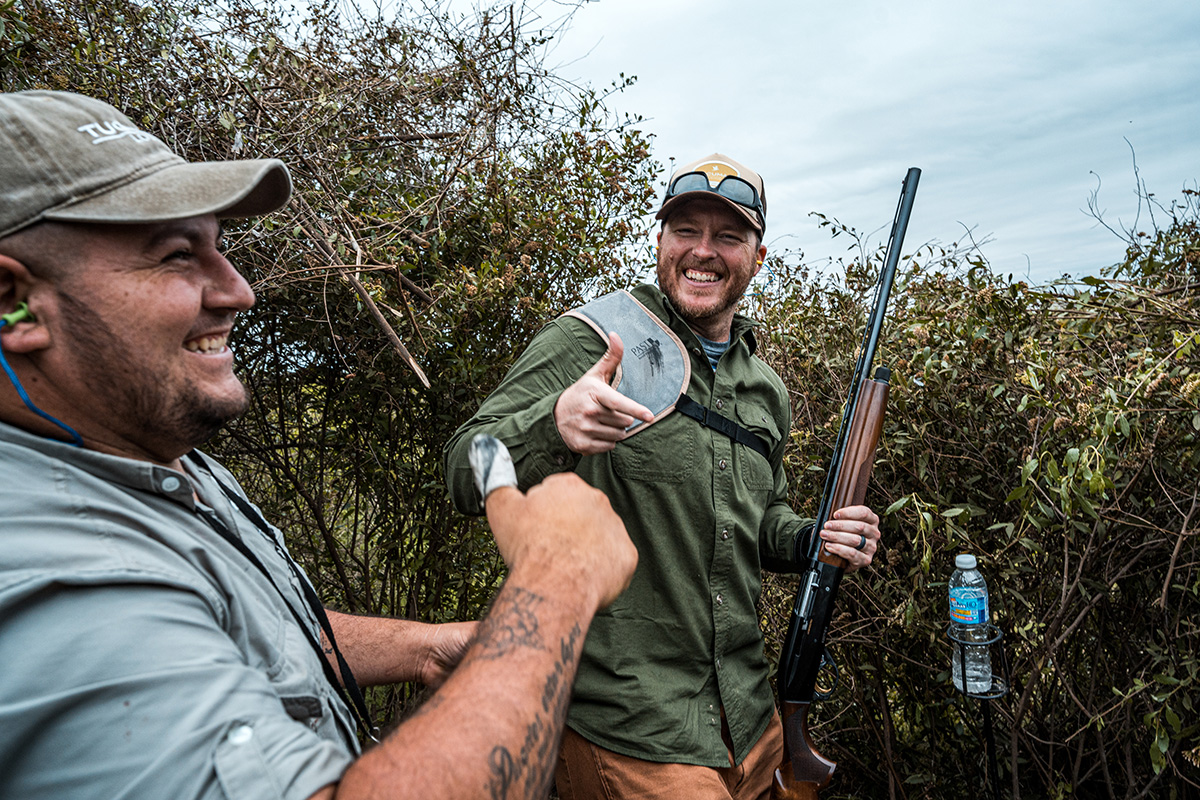
Bird hunting in Argentina is like shotgun therapy. Pick a tool that suits your style, pace yourself, and don’t be afraid to switch it up mid-trip. Some days are over/under days. Some are all-out automatic blitzes. Either way, you’re going to laugh, shoot, miss, hit, and burn through enough shells to keep the local ammo supplier in business for another decade. And that’s exactly how it should be.
For more information about wingshooting, and to learn what’s possible, contact our Wingshooting Experts:
South America Wingshooting Expert: Elaine Wissolik
European Wingshooting Expert: Mike Fitzgerald
North America Wingshooting Program Manager: Joe Linscott
Wingshooting Destination Specialist: Ethan Bristol




